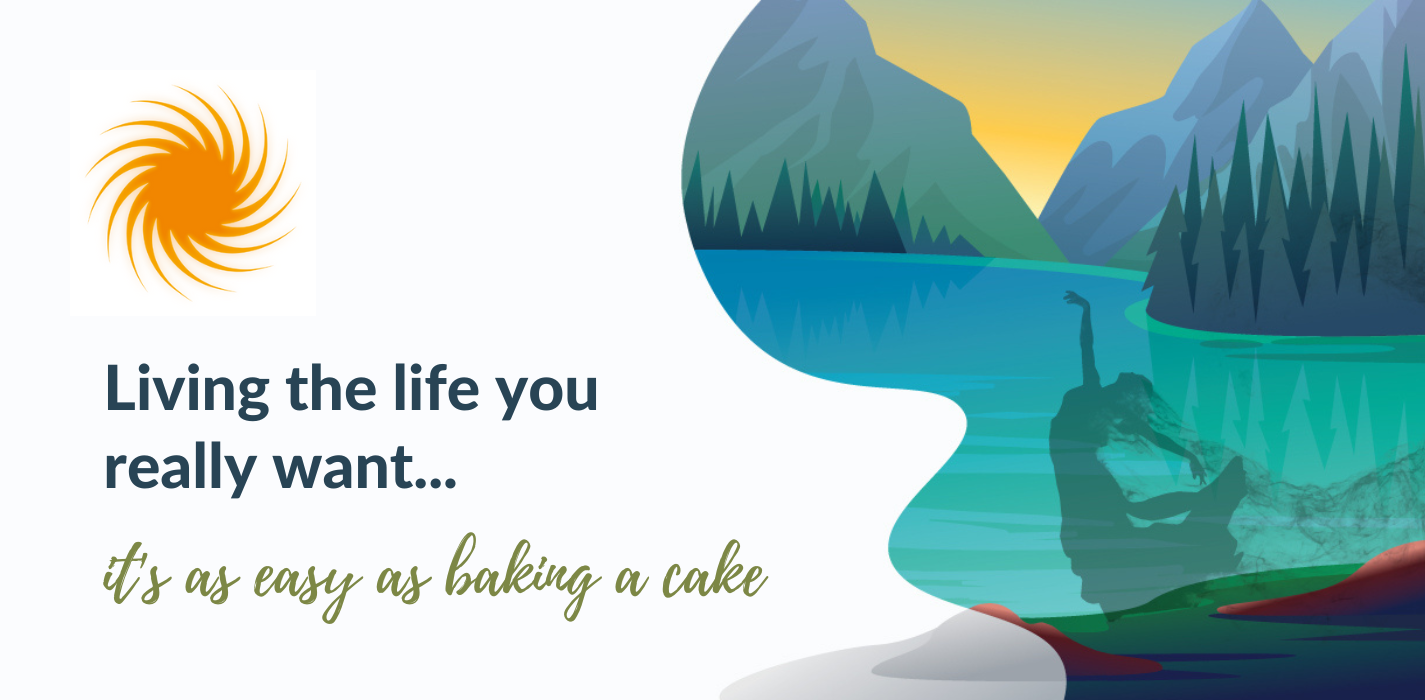Most people I run into say they’d like to be more productive. So, I offer a magic pill for $9.95. I’m kidding, of course.
…Do you ever beat yourself up for not being perfectly productive 100% of the time?
The first step (really) in the ABCs of Productivity is to Accept your reality. This means you must accept yourself. To accept yourself, you must understand yourself. Here’s a snippet entitled “Understand Thyself” from a recent workshop: CLICK HERE
Once you do two things, (1) accept yourself and (2) understand yourself, the stage is set. You are getting closer to being “100% productive.”
In this article, we’ll review the four steps to take you through this self-discovery process. By taking the time to complete this process, you’ll be rewarded with a renewed self-understanding, setting the stage for personal and professional growth and productivity. For you readers who are ready to start achieving, please Contact Me and set up a complimentary Discovery call to eliminate those productivity gremlins for good.
Ready? Let’s get started right now with step one, which is a 4-part question:
Step One: Ask yourself, when are you at your best? (note: This is something most of us never consider. Yet, when considered and followed, a BIG DIFFERENCE can be seen.)
– What time of day do you have the most energy?
– How much rest and/or sleep would you have had?
– What foods would you have eaten (or avoided)?
– What would your family relationships look like?
This may seem simple, and not really related to productivity or achieving more. You may have been looking for that magic pill. It may surprise you to learn that while STRATEGIES are important, knowing where you are at a baseline is critical.
Step two: How are my current work systems doing? What is working great, and what could use some upgrading? Systems to consider: calendar, correspondence, task management, file management, priority management, long range planning.
Step Three: Dare to detail your TRUE desires (know thyself)! With this exercise, you have permission to think big, be brave, and be bold. If you don’t stretch you may never grow. So go ahead and ask yourself…if I am REALLY TRUE to myself….
– What does my work look like?
– What is my life like?
– What qualities do my clients have?
– How do I feel?
Step Four: What do you think might be preventing you from achieving the desires you just outlined above?
Bonus Step: Do something- anything- no matter how small- today. What one tiny step can you take to achieve your true desire? For example, if you think you might want to someday get your Master’s at the local college can you spend 15 minutes at lunch perusing the fall offerings?
I hope this article helps you understand yourself.
To get the most benefit, and fill it in yourself. Refer to it daily, just for 5 minutes. Remember, what you do every day shapes our future. Success, then, is a habit. Remember, your coach and accountability person are just a call or email away!



